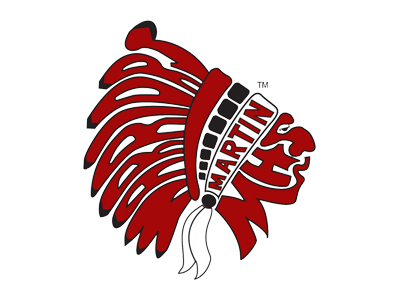
Howdy!
My name is Jake, and it looks like you've found your way to my website. Chances are, you'll probably find me writing code, making music, or building/fixing something.
This site serves as a big, interactive "about me" page. Take a look around!

Howdy!
My name is Jake, and it looks like you've found your way to my website. Chances are, you'll probably find me writing code, making music, or building/fixing something.
This site serves as a big, interactive "about me" page. Take a look around!

Howdy!
My name is Jake, and it looks like you've found your way to my website. Chances are, you'll probably find me writing code, making music, or building/fixing something.
This site serves as a big, interactive "about me" page. Take a look around!
Where have I worked? I've had a couple of different jobs over the past few years. Check them out by clicking on the icons below!
I graduated (twice) from Texas A&M University, and I graduated from Martin High School a few years before that.
M.S. in Computer Science
4.0 GPA
B.S. in Computer Science
Minors in Business and Mathematics
4.0 GPA
In the case of many fatal automobile accidents, the victims were found to have not been wearing a seatbelt. This occurs in spite of the numerous safety sensors and warning indicators embedded within modern vehicles. Indeed, there is yet room for improvement in terms of seatbelt adoption. This work aims to lay the foundation for a novel method of encouraging seatbelt use: the utilization of wearable technology.
Wearable technology has enabled considerable advances in health and wellness. Specifically, fitness trackers have achieved widespread popularity for their ability to quantify and analyze patterns of physical activity. Thanks to wearable technology’s ease of use and convenient integration with mobile phones, users are quick to adopt. Of course, the practicality of wearable technology depends on activity recognition—the models and algorithms which are used to identify a pattern of sensor data as a particular physical activity (e.g. running, sitting, sleeping). Activity recognition is the basis of this research.
In order to utilize wearable trackers toward the cause of seatbelt usage, there must exist a system for identifying whether a user has buckled their seatbelt. This was our primary goal. To develop such a system, we collected motion data from 20 different users. From this data, we identified trends which inspired the development of novel features. With these features, machine learning was used to train models to identify the motion of fastening a seatbelt in real time. This model serves as the basis for future work in systems which may provide more intelligent feedback as well as methods for interventions in dangerous user behavior.
Many fatal car accidents involve victims who were not wearing a seatbelt, even though systems for detecting such behavior and intervening to correct it already exist. Activity recognition using wearable sensors has been previously applied to many health-related fields with high accuracy. In this paper, activity recognition is used to generate an algorithm for real-time recognition of putting on a seatbelt, using a smartwatch. Initial data was collected from twelve participants to determine the validity of the approach. Novel features were extracted from the data and used to classify the action, with a final accuracy of 1.000 and an F-measure of 1.000 using the Multilayer Perceptron classifier using laboratory collected data. Then, an iterative real-time recognition user study was conducted to investigate classification accuracy in a naturalistic setting. The F-measure of naturalistic classification was 0.825 with Multilayer Perceptron. This work forms the basis for further studies which will aim to provide user feedback to increase seatbelt use.
Aggie Scheduler is a web application that Texas A&M students can utilize to help plan their schedules for upcoming semesters. Aggie Scheduler pulls data from A&M's online course listings and enables students to preview a graphical layout of their schedule. To aid students in selecting the courses that will be best for them, Aggie Scheduler also displays data such as the grade distribution history of each professor. Thousands of students have used Aggie Scheduler to help pick their classes and prepare for their registration.
This project began when a company called MyEdu (now owned by Blackboard) stopped supporting Texas A&M. MyEdu was a website that provided college students with a graphical tool for course selection and schedule planning. Being an avid MyEdu user myself, the shutdown was a huge bummer. However, something made me want to try and build it myself. I don't think I could've anticipated the amount of work that I would put into the project.
Breakdown:Yes, this is the website you're currently on. I've updated (and overhauled) it a couple of times over the past couple of years, but the idea has stayed the same. This website serves both as an online resume and as a vehicle by which I can stay current with web development practices.
Breakdown:




